Home>Gardening & Outdoor>Landscaping Ideas>How To Take Care Of Zebra Grass
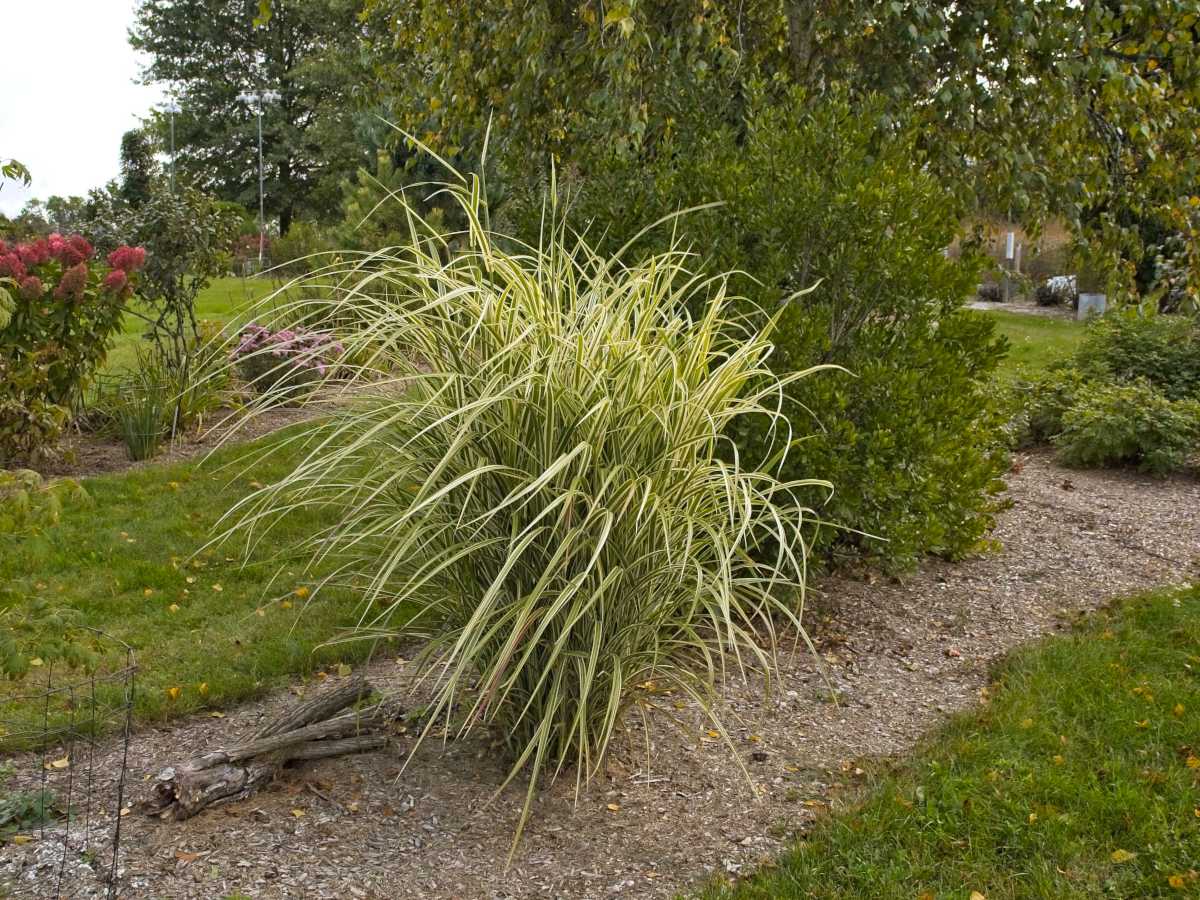

Landscaping Ideas
How To Take Care Of Zebra Grass
Modified: February 18, 2024
Learn effective landscaping ideas for taking care of zebra grass in your garden. Discover expert tips and techniques for maintaining healthy and vibrant zebra grass.
(Many of the links in this article redirect to a specific reviewed product. Your purchase of these products through affiliate links helps to generate commission for Storables.com, at no extra cost. Learn more)
Introduction
Welcome to the wonderful world of zebra grass! If you're looking to add a touch of exotic beauty to your landscape, zebra grass (Miscanthus sinensis "Zebrinus") is an excellent choice. With its striking yellow and green striped foliage, zebra grass can bring a sense of drama and elegance to any garden or outdoor space.
In this comprehensive guide, we'll explore everything you need to know about caring for zebra grass. From understanding its unique characteristics to learning how to plant, water, fertilize, prune, and maintain this stunning ornamental grass, we've got you covered. We'll also delve into effective strategies for dealing with pests and diseases that may affect zebra grass, ensuring that your plant remains healthy and vibrant.
Whether you're a seasoned gardener or a beginner with a passion for landscaping, this guide will equip you with the knowledge and skills to nurture your zebra grass and create a captivating outdoor environment. So, let's embark on this green-fingered adventure and discover the art of caring for zebra grass!
Key Takeaways:
- Zebra grass adds exotic beauty to gardens with its striking appearance and graceful plumes. By providing ample sunlight and well-drained soil, you can nurture this resilient plant to thrive in your landscape.
- Proper care, including watering, fertilizing, and pruning, is essential for maintaining the health and vitality of zebra grass. By addressing potential pests and diseases, you can cultivate a captivating outdoor environment enriched by the enduring beauty of this remarkable ornamental grass.
Read more: When To Plant Zebra Grass
Understanding Zebra Grass
Zebra grass, scientifically known as Miscanthus sinensis "Zebrinus," is a stunning ornamental grass prized for its distinctive appearance and graceful demeanor. Native to Japan and China, this perennial grass belongs to the Poaceae family and is renowned for its tall, upright growth habit, reaching heights of up to 5-8 feet.
One of the most striking features of zebra grass is its variegated foliage, characterized by horizontal yellow bands that streak across the deep green leaves, resembling the stripes of a zebra – hence its name. The foliage sways gracefully in the breeze, adding movement and texture to garden landscapes.
During late summer to early fall, zebra grass produces feathery, silvery-pink plumes that rise above the foliage, creating a captivating display. These plumes persist throughout the winter, providing visual interest and attracting birds with their seeds.
When selecting a location for zebra grass, it’s important to choose a spot that receives ample sunlight. Zebra grass thrives in full sun but can tolerate partial shade. Well-drained soil is crucial for the plant’s health, as it is susceptible to root rot in waterlogged conditions.
With its impressive height and striking appearance, zebra grass serves as an excellent focal point in garden beds, borders, and large containers. It also makes a stunning backdrop for perennial flowers and other ornamental grasses, adding depth and contrast to garden designs.
Understanding the unique characteristics and growth habits of zebra grass is essential for providing the optimal care and creating a visually captivating landscape. Now that we’ve gained insight into the allure of zebra grass, let’s delve into the essential steps for successfully planting and nurturing this remarkable ornamental grass.
Planting Zebra Grass
Planting zebra grass is an exciting endeavor that can transform your outdoor space with its striking beauty and graceful presence. Before diving into the planting process, it’s crucial to choose the right location and prepare the soil to provide an ideal environment for zebra grass to thrive.
First and foremost, select a planting site that receives ample sunlight. Zebra grass flourishes in full sun but can tolerate partial shade. Ensure that the chosen location offers enough space for the grass to reach its mature height and spread, as it can grow to be 5-8 feet tall and 3-5 feet wide.
When it comes to soil preparation, zebra grass thrives in well-drained soil with a slightly acidic to neutral pH. Before planting, amend the soil with organic matter such as compost to improve its fertility and drainage. This step is particularly important if the soil is heavy clay or prone to waterlogging.
Now, let’s walk through the steps for planting zebra grass:
- Dig a Proper Hole: Dig a hole that is twice as wide as the root ball of the zebra grass and just as deep.
- Positioning the Plant: Gently place the zebra grass in the center of the hole, ensuring that the top of the root ball is level with the surrounding soil.
- Backfilling: Fill the hole with the amended soil, gently tamping it down as you go to remove air pockets.
- Watering: After planting, water the zebra grass thoroughly to settle the soil and provide essential moisture to the newly transplanted grass.
Once the zebra grass is in the ground, apply a layer of mulch around the base of the plant to help retain moisture, regulate soil temperature, and suppress weed growth. Mulch also adds a polished look to the landscape while providing additional nutrients to the soil as it decomposes.
By following these planting guidelines and providing the right environmental conditions, you can establish zebra grass successfully, setting the stage for its growth and development. With the grass securely planted, the next steps involve proper watering, fertilizing, and ongoing maintenance to ensure its continued health and vitality.
Watering and Fertilizing Zebra Grass
Proper watering and fertilizing are essential components of zebra grass care, contributing to the plant’s overall health, vigor, and visual appeal. By understanding the watering needs and fertilization requirements of zebra grass, you can provide the optimal growing conditions for this stunning ornamental grass.
Watering Zebra Grass:
Zebra grass benefits from consistent moisture, particularly during its initial establishment period. After planting, water the grass deeply to ensure that the root system receives ample hydration. Once established, zebra grass demonstrates good drought tolerance and can thrive in moderately dry conditions. However, during prolonged periods of drought, it’s beneficial to provide supplemental watering to prevent the soil from becoming excessively dry.
When watering zebra grass, aim to deliver a thorough soaking to the root zone, allowing the water to penetrate deeply into the soil. This encourages the development of a robust and extensive root system, which is crucial for the plant’s long-term health and resilience. To prevent waterlogged conditions, ensure that the soil has adequate drainage to allow excess water to escape.
Read more: How Tall Does Zebra Grass Grow
Fertilizing Zebra Grass:
Applying a balanced fertilizer can provide zebra grass with the nutrients it needs to thrive and maintain its vibrant appearance. In early spring, as new growth emerges, apply a slow-release, granular fertilizer around the base of the plant according to the manufacturer’s instructions. This helps to fuel the plant’s growth and support the development of healthy foliage and blooms.
It’s important to avoid over-fertilizing zebra grass, as excessive amounts of nitrogen can lead to overly lush foliage that is more prone to lodging or flopping. A moderate application of fertilizer, combined with organic amendments such as compost, can promote steady growth and robust, resilient plants.
By incorporating proper watering practices and providing balanced fertilization, you can nurture zebra grass to reach its full potential, showcasing its captivating beauty and contributing to the overall allure of your landscape. As we continue to explore the care and maintenance of zebra grass, the next crucial aspect involves pruning and ongoing maintenance to keep the grass looking its best throughout the year.
Pruning and Maintenance
Pruning and maintenance are integral aspects of caring for zebra grass, ensuring that it remains healthy, tidy, and visually appealing throughout the growing season and beyond. By implementing proper pruning techniques and addressing essential maintenance tasks, you can help your zebra grass thrive and maintain its striking appearance.
Pruning Zebra Grass:
Pruning zebra grass is typically performed in late winter to early spring, before new growth emerges. This timing allows you to remove the previous year’s foliage and make way for the fresh, vibrant growth that will adorn the plant in the upcoming season. To prune zebra grass, follow these steps:
- Cutting Back the Grass: Using sharp, clean pruners or hedge shears, trim the previous year’s foliage down to a height of 4-6 inches above the ground. This encourages new growth and helps maintain the plant’s shape and vigor.
- Removing Dead or Damaged Growth: While pruning, inspect the grass for any dead, diseased, or damaged foliage, and promptly remove it to promote overall plant health.
- Disposing of Pruned Material: Dispose of the pruned foliage responsibly, either by composting it or placing it in yard waste for proper disposal.
Maintenance Tasks for Zebra Grass:
In addition to pruning, there are several maintenance tasks that contribute to the well-being and appearance of zebra grass. These include:
- Dividing Overgrown Clumps: Every few years, consider dividing large, overgrown clumps of zebra grass to rejuvenate the plant and prevent overcrowding. This is best done in early spring before new growth begins.
- Removing Spent Flower Plumes: After the flowering season, you can trim or remove the spent flower plumes to tidy up the appearance of the grass and prevent self-seeding, if desired.
- Monitoring for Pests and Diseases: Regularly inspect the zebra grass for signs of pests, such as aphids or spider mites, and address any issues promptly. Additionally, watch for indications of diseases, such as rust or leaf spot, and take appropriate measures to mitigate them.
- Winter Care: In regions with harsh winters, consider leaving the dried foliage of zebra grass intact during the winter months to provide visual interest and serve as a protective layer for the plant. You can prune the grass in early spring before new growth appears.
By incorporating proper pruning techniques and addressing essential maintenance tasks, you can uphold the health and beauty of your zebra grass, ensuring that it remains a captivating focal point in your landscape. Now, let’s explore effective strategies for dealing with pests and diseases that may affect zebra grass, safeguarding its well-being and vitality.
Read more: How To Get Rid Of Zebra Grass
Dealing with Pests and Diseases
While zebra grass is known for its resilience, it is not immune to potential pest infestations and diseases. Vigilance and prompt action are key in addressing these issues to safeguard the health and vitality of your zebra grass. By understanding common pests and diseases that may affect this ornamental grass, you can implement effective strategies to mitigate their impact and preserve the beauty of your landscape.
Common Pests Affecting Zebra Grass:
Several pests may pose a threat to zebra grass, including aphids, spider mites, and Japanese beetles. These pests can cause damage by feeding on the foliage, leading to discoloration, distortion, or stunted growth. To address pest issues, consider the following measures:
- Regular Inspection: Routinely inspect the zebra grass for signs of pest activity, such as clusters of aphids or fine webbing indicative of spider mites.
- Water Spray: Use a strong blast of water to dislodge aphids and spider mites from the foliage, reducing their numbers and minimizing damage.
- Organic Pest Control: Consider employing natural predators, such as ladybugs or lacewings, to help manage aphid populations. Additionally, neem oil or insecticidal soap can be used to combat spider mites and aphids while minimizing harm to beneficial insects.
- Japanese Beetle Control: If Japanese beetles are present, handpick them from the plants in the early morning when they are less active. Alternatively, pheromone traps can be utilized to capture and reduce beetle populations.
Common Diseases Affecting Zebra Grass:
Zebra grass may be susceptible to certain diseases, such as rust, leaf spot, and fungal infections. These issues can manifest as discolored or spotted foliage, weakening the overall vigor of the plant. To address potential diseases, consider the following strategies:
- Air Circulation: Ensure that the zebra grass is planted in an area with good air circulation, as this can help prevent the development and spread of fungal diseases.
- Sanitation: Remove and dispose of any diseased or damaged foliage promptly to prevent the spread of diseases within the plant and to neighboring vegetation.
- Fungicidal Treatments: If fungal diseases are prevalent, consider applying a fungicidal treatment according to the manufacturer’s instructions to mitigate the issue.
- Proper Watering: Avoid overhead watering, as wet foliage can contribute to the development of fungal diseases. Water the base of the plant to keep the foliage dry.
By remaining vigilant and implementing proactive measures, you can effectively manage potential pest infestations and diseases, preserving the health and beauty of your zebra grass. With a solid understanding of these challenges and the strategies to address them, you can cultivate a thriving and visually captivating landscape adorned with the splendor of zebra grass.
As we conclude our exploration of caring for zebra grass, it’s evident that this remarkable ornamental grass offers not only striking beauty but also resilience and adaptability. By applying the insights and techniques shared in this guide, you can cultivate a flourishing and enchanting outdoor environment, elevating the allure of your landscape with the timeless elegance of zebra grass.
Conclusion
Congratulations on embarking on a journey to discover the art of caring for zebra grass! Throughout this comprehensive guide, we’ve delved into the captivating world of zebra grass, exploring its unique characteristics, planting requirements, and essential care practices. By gaining a deeper understanding of this remarkable ornamental grass, you are well-equipped to nurture and showcase its beauty in your landscape.
Zebra grass, with its striking variegated foliage and graceful plumes, serves as a beacon of elegance in gardens, borders, and outdoor spaces. Its resilience and adaptability make it a valuable addition to any landscape, offering year-round visual interest and contributing to the overall charm of the surroundings.
From selecting an ideal planting site to implementing proper watering, fertilizing, pruning, and maintenance practices, you have learned the essential steps to ensure the health and vitality of your zebra grass. By providing the optimal growing conditions and addressing potential challenges such as pests and diseases, you can cultivate a flourishing display of zebra grass that enriches your outdoor environment.
As you tend to your zebra grass with care and dedication, remember that this remarkable plant not only enhances the aesthetics of your landscape but also embodies the enduring beauty of nature. Its resilience and timeless allure serve as a source of inspiration, inviting you to create a harmonious and captivating outdoor retreat.
Whether you are a seasoned gardener or a newcomer to the world of landscaping, the allure of zebra grass beckons, offering a canvas for creativity and a testament to the wonders of the natural world. As you witness the graceful dance of zebra grass in the breeze and observe the subtle changes it undergoes throughout the seasons, may it serve as a reminder of the enduring splendor that enriches our lives.
With the knowledge and insights gained from this guide, you are well-prepared to embark on a rewarding journey of nurturing and cherishing your zebra grass, creating a captivating tapestry of greenery and elegance in your outdoor sanctuary. Embrace the art of caring for zebra grass, and let its timeless allure become an integral part of your landscape, enriching your days with its enduring beauty.
Frequently Asked Questions about How To Take Care Of Zebra Grass
Was this page helpful?
At Storables.com, we guarantee accurate and reliable information. Our content, validated by Expert Board Contributors, is crafted following stringent Editorial Policies. We're committed to providing you with well-researched, expert-backed insights for all your informational needs.
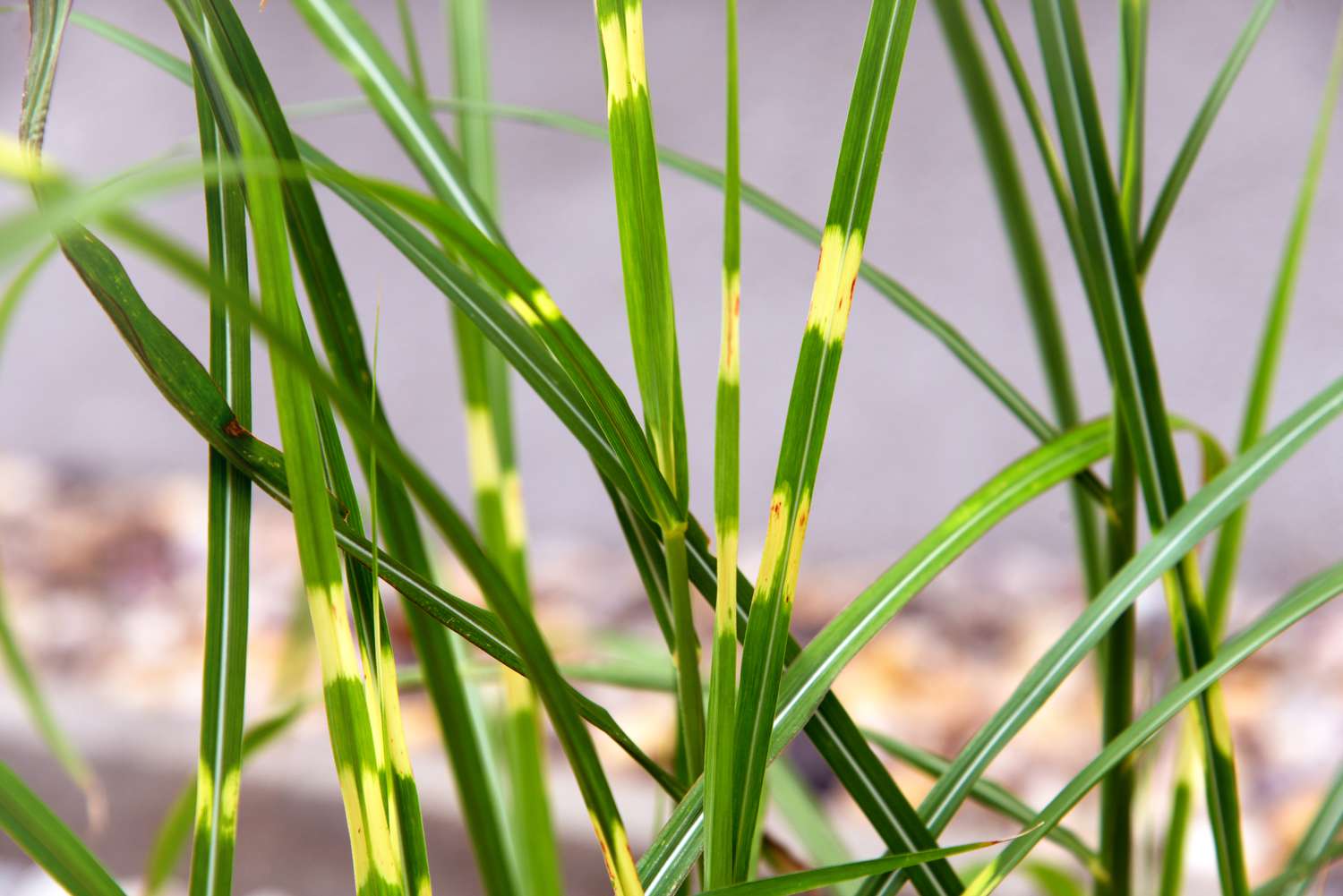
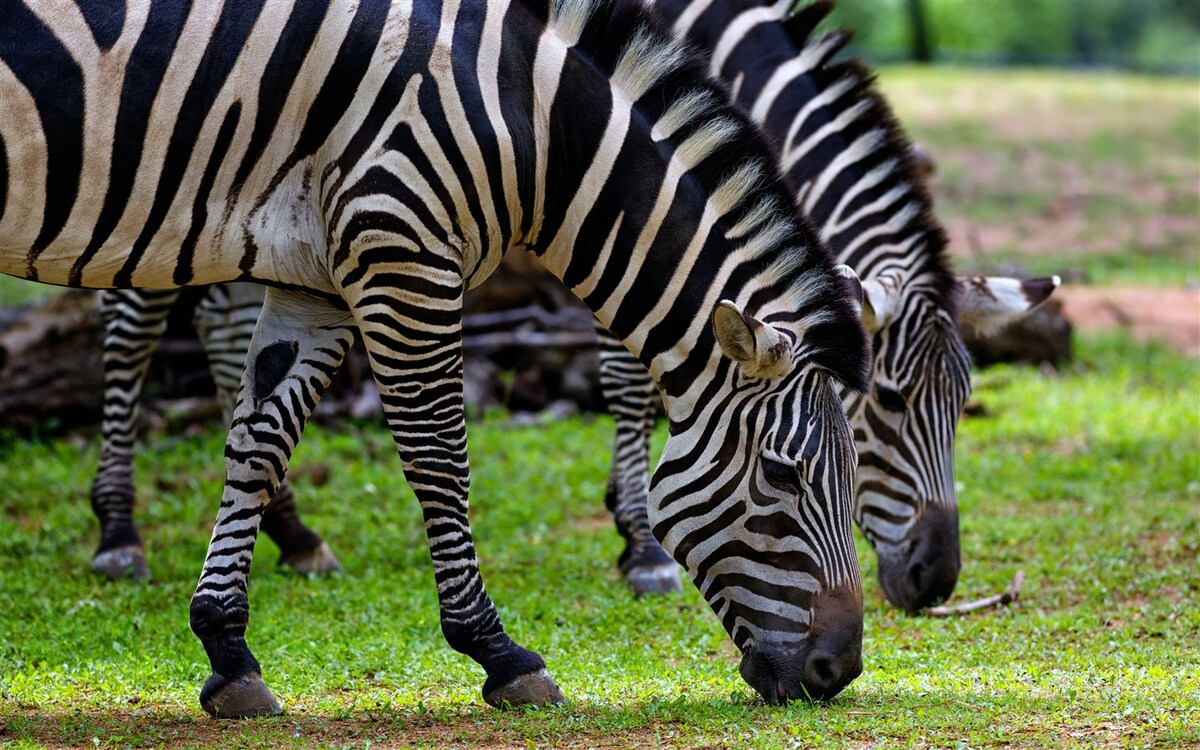
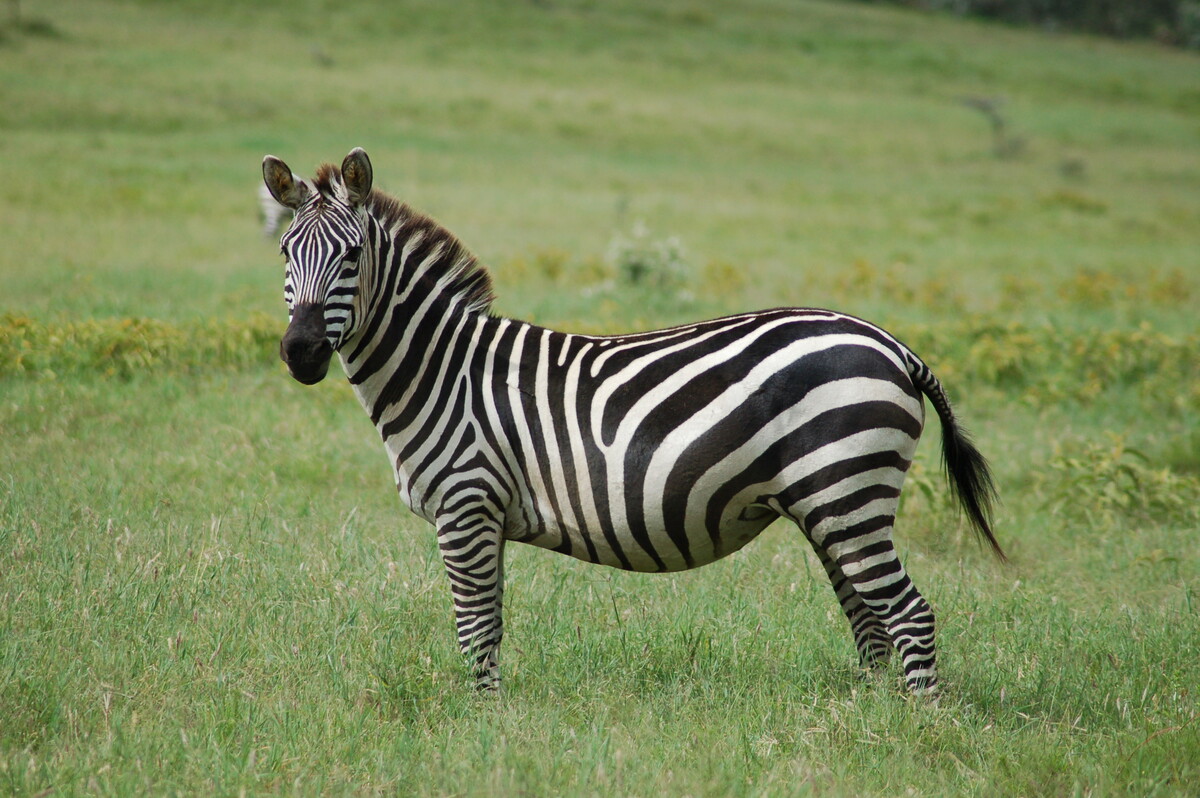

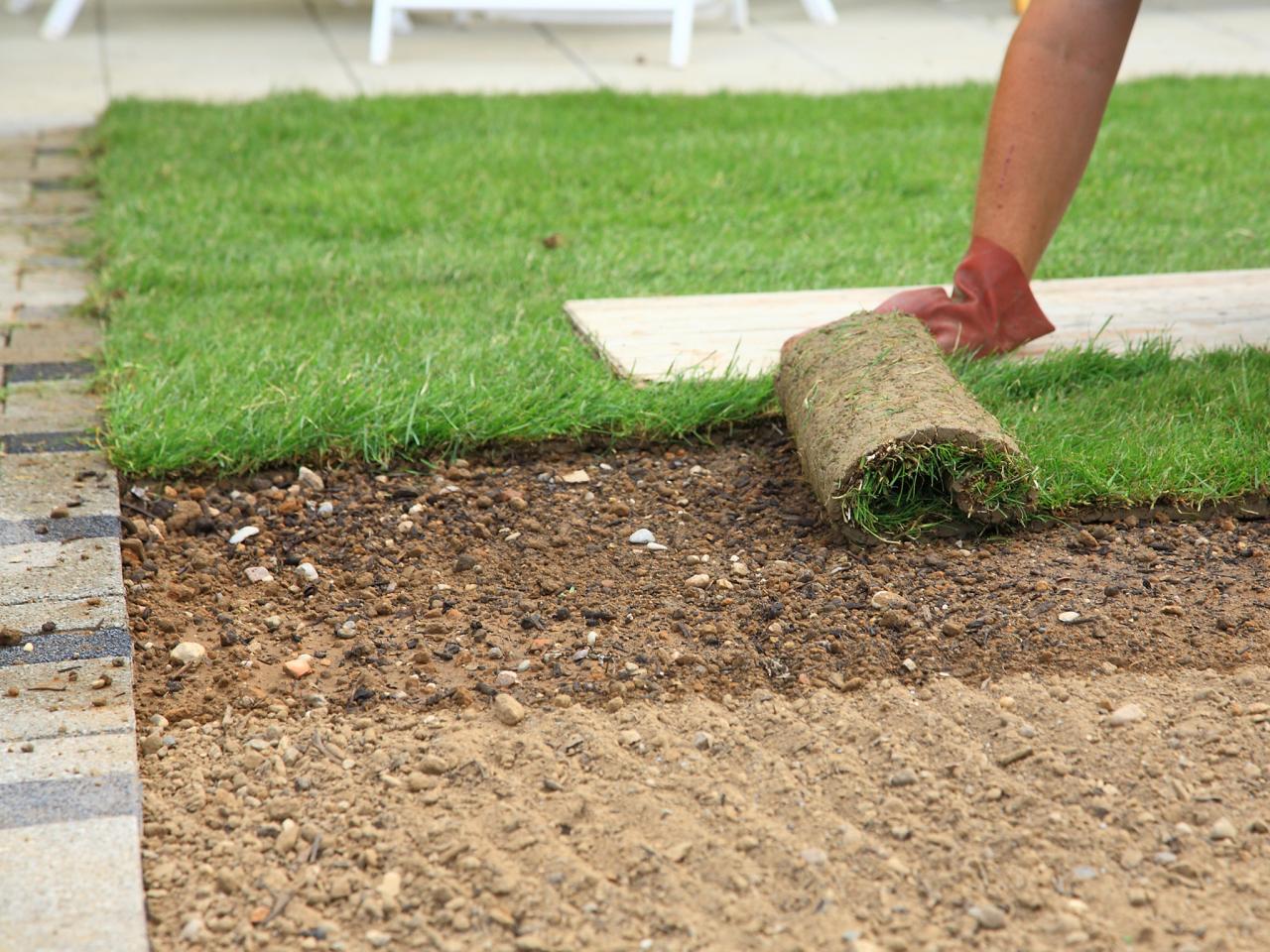
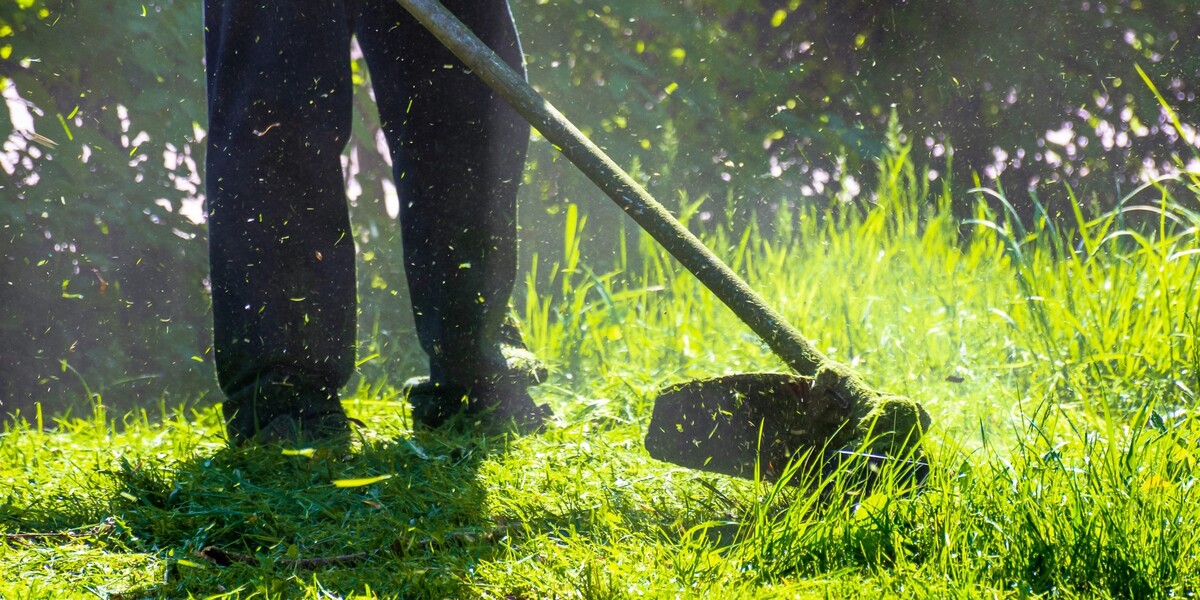
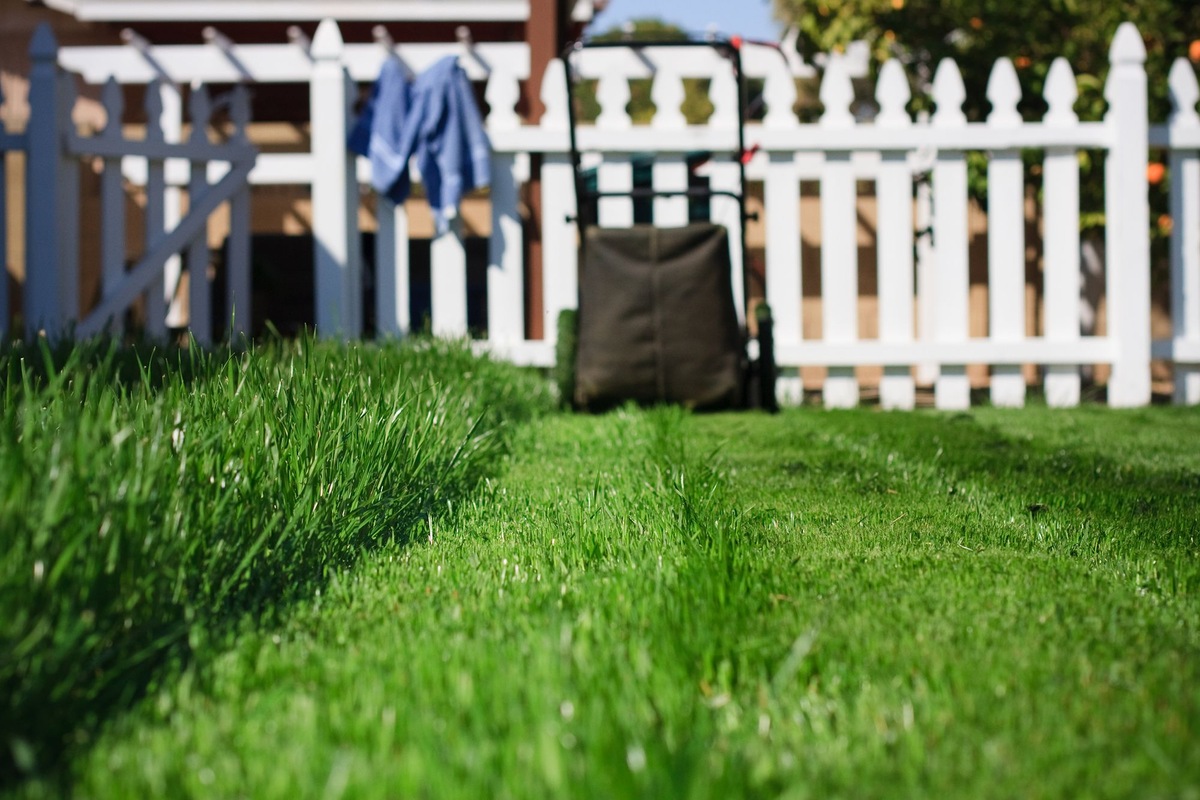
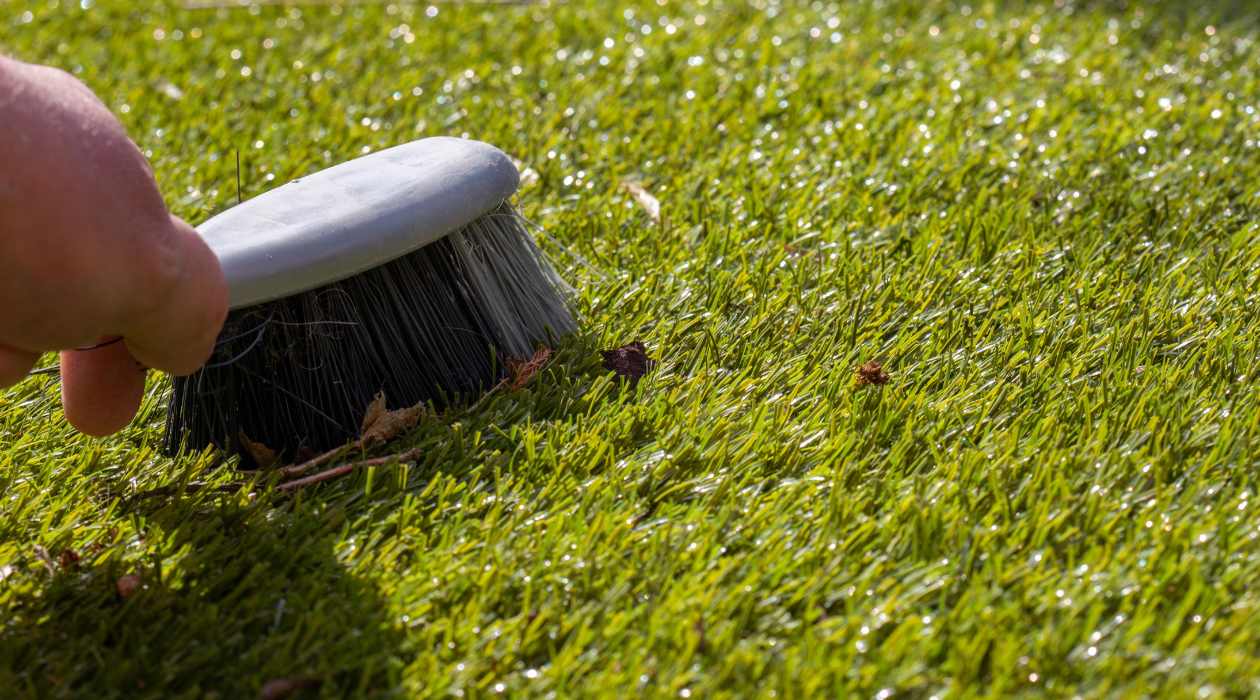

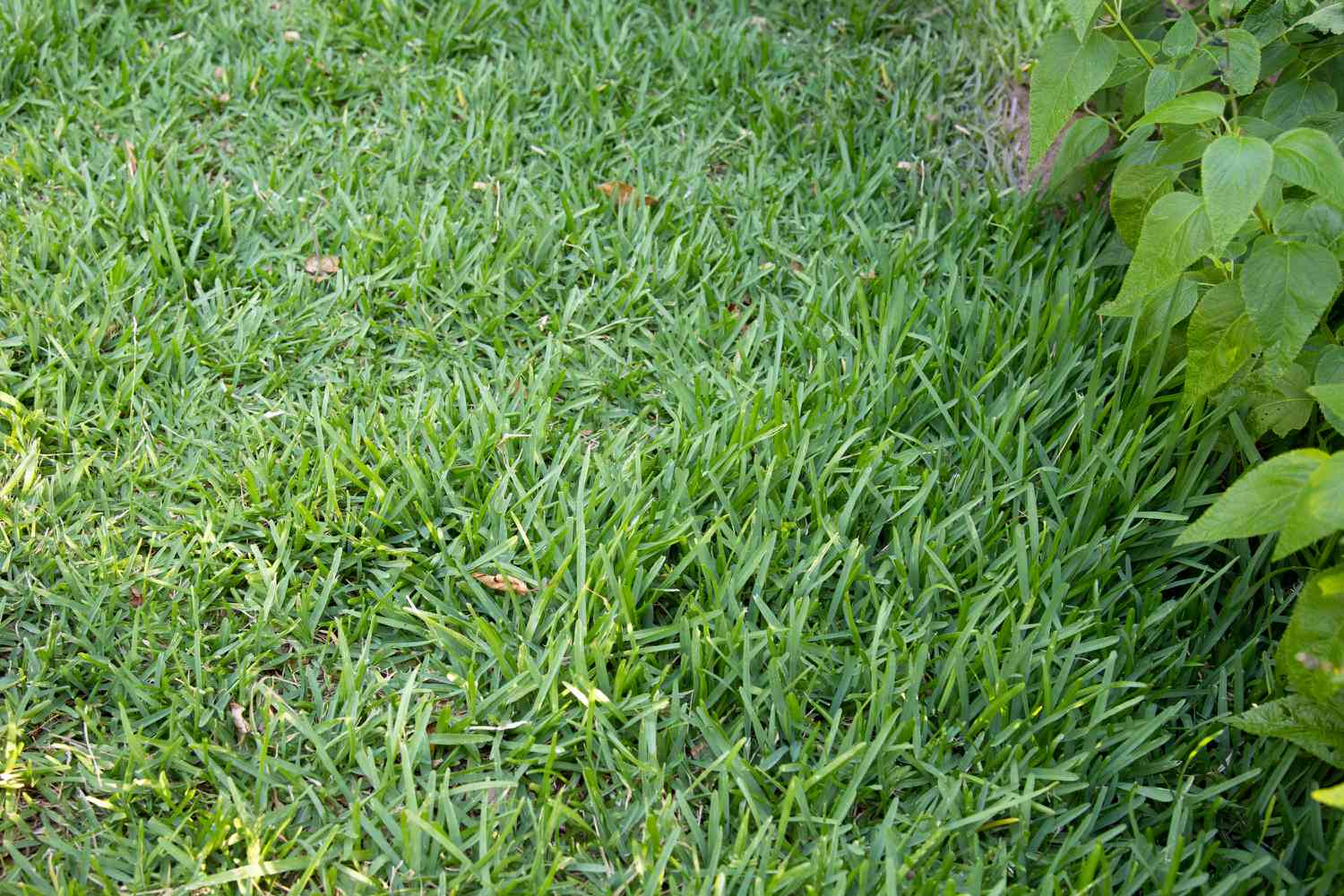


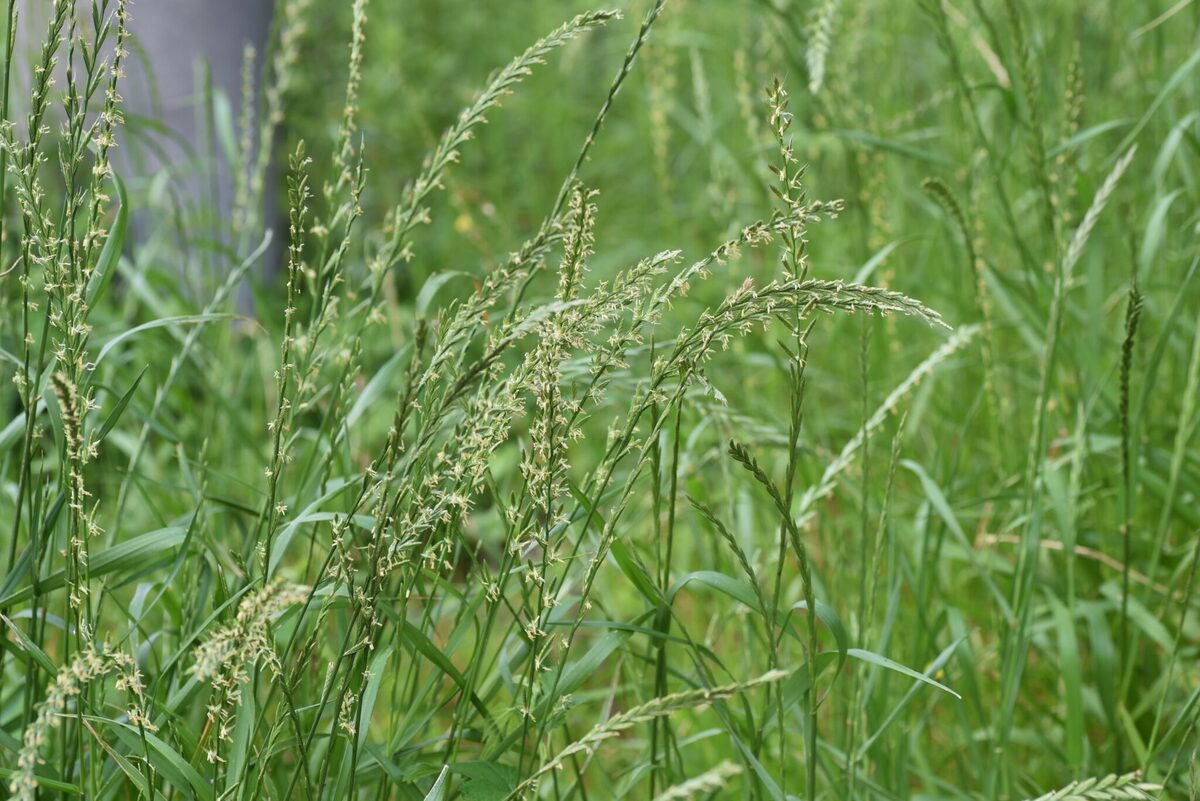

0 thoughts on “How To Take Care Of Zebra Grass”